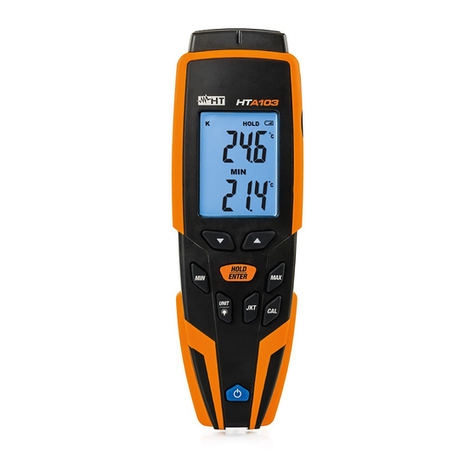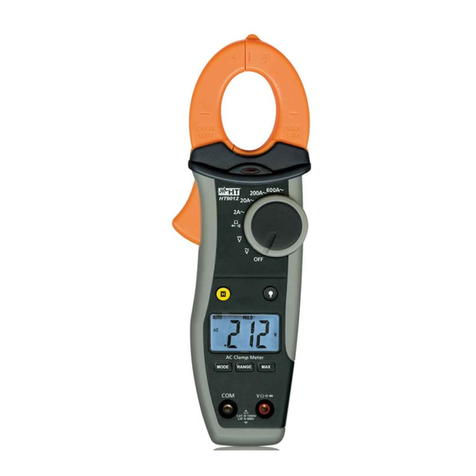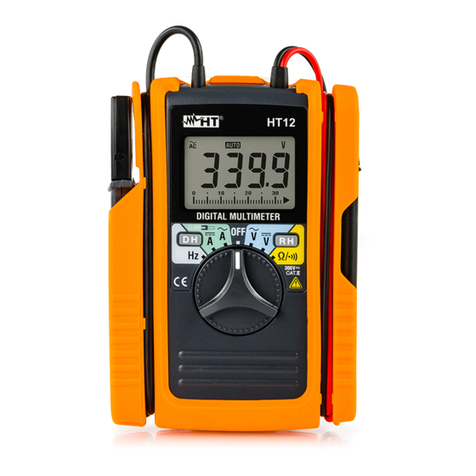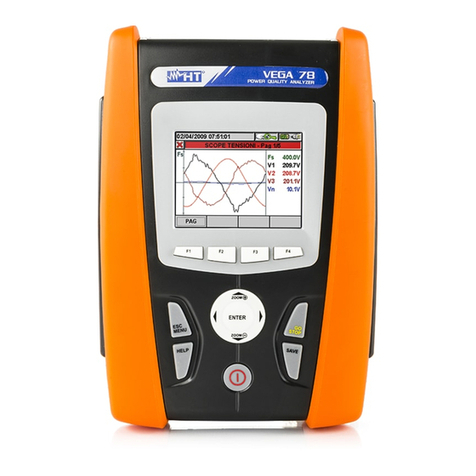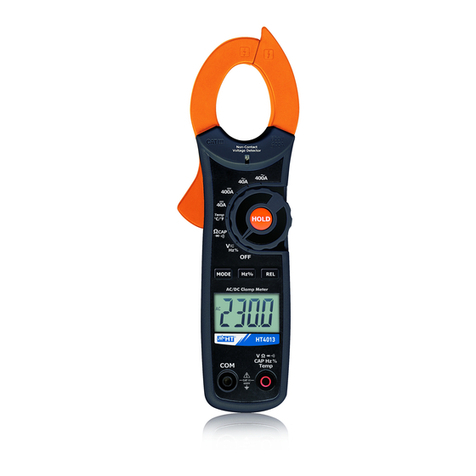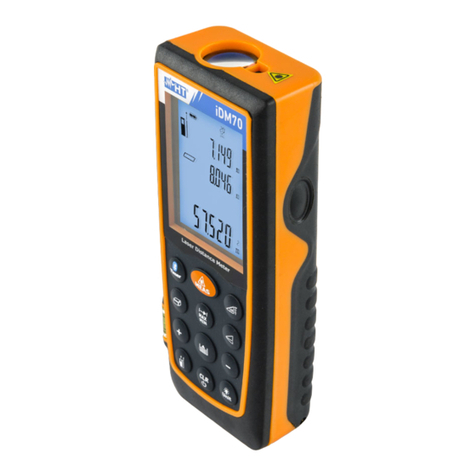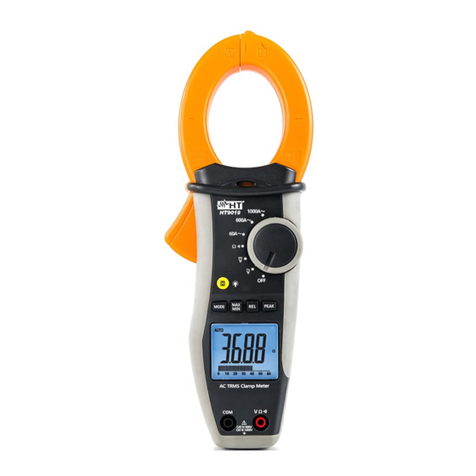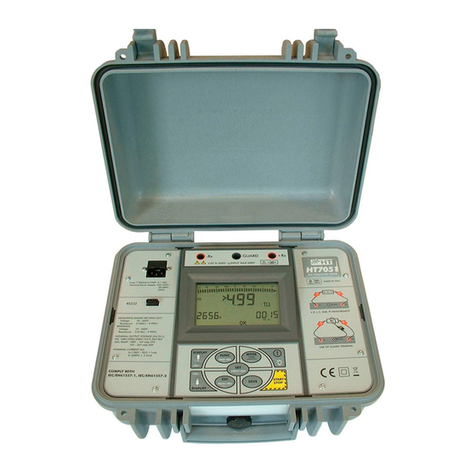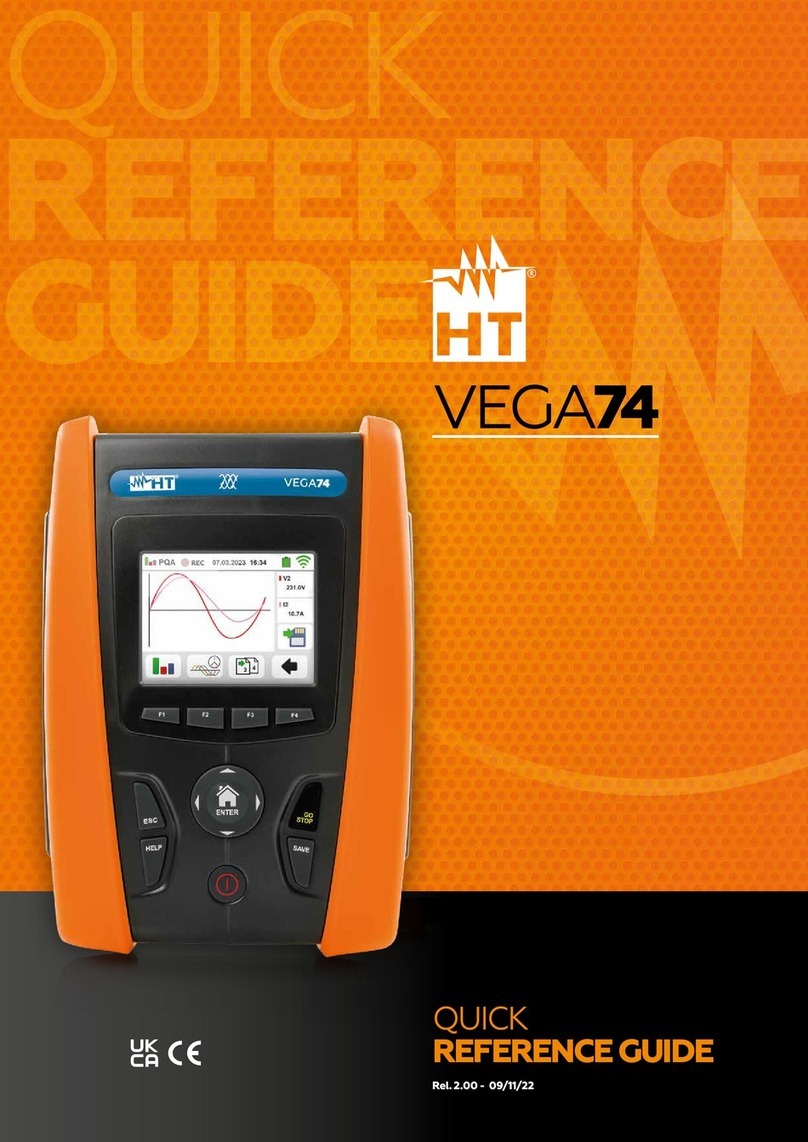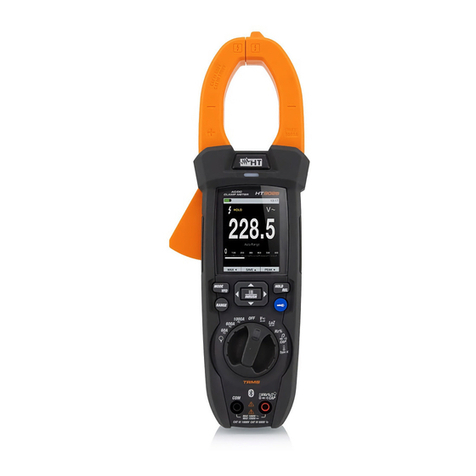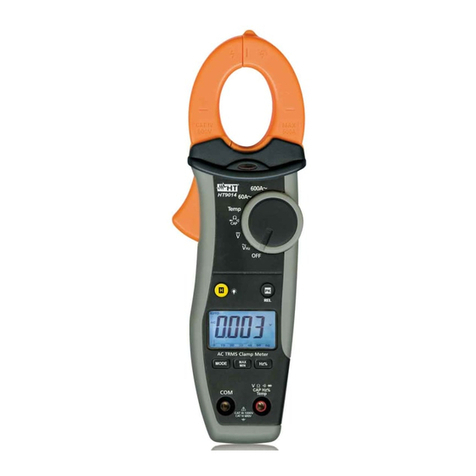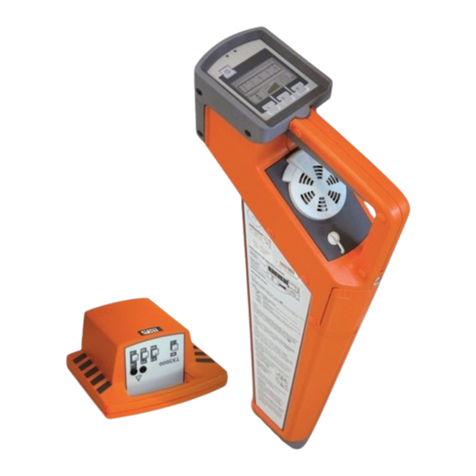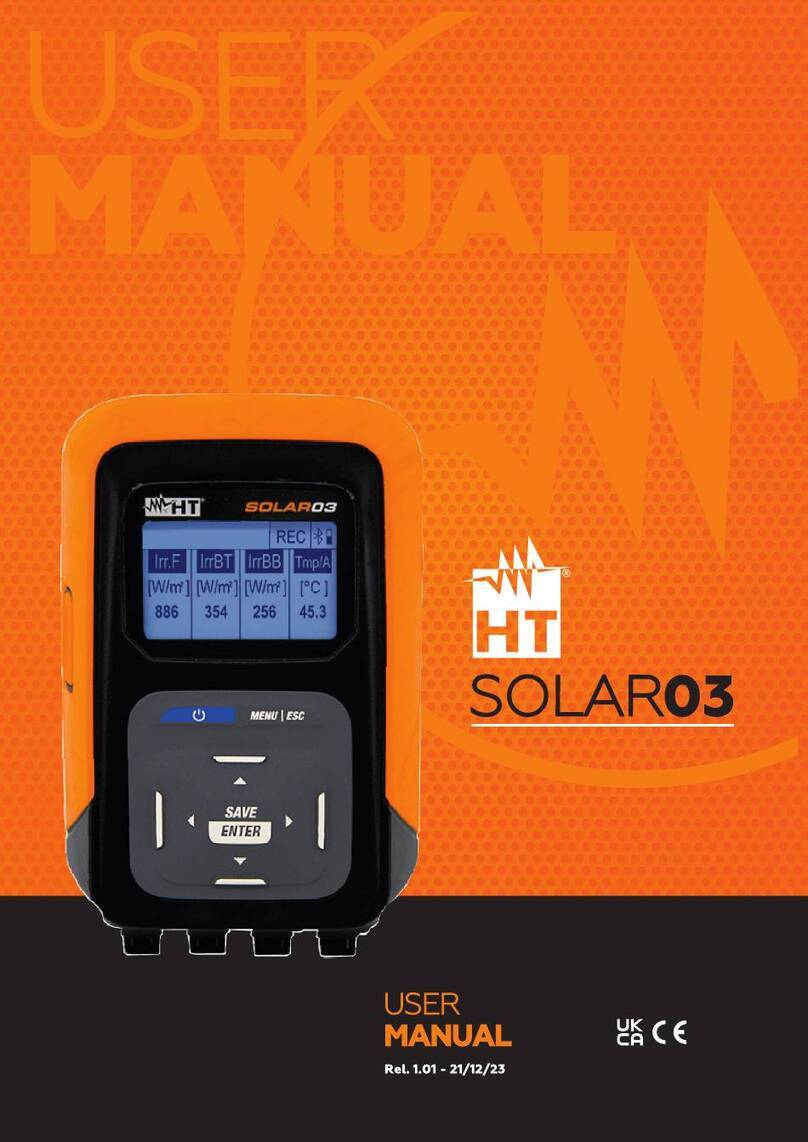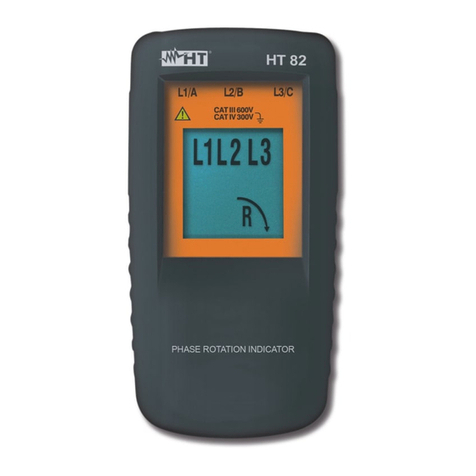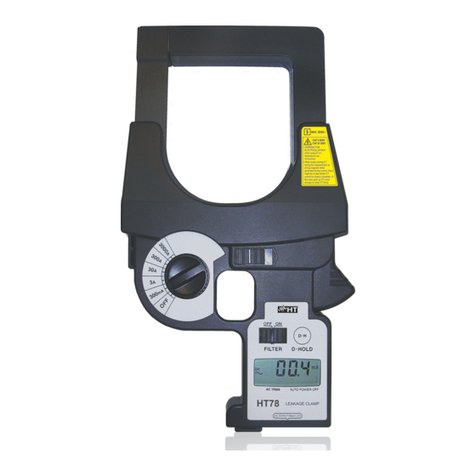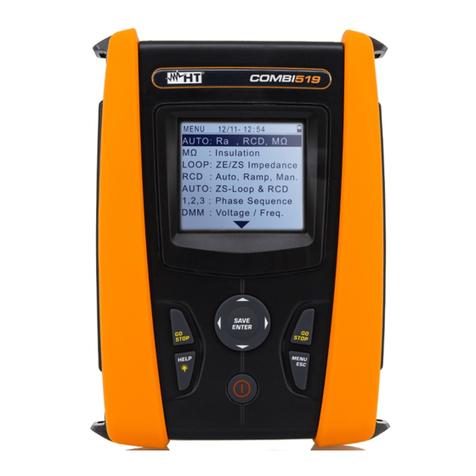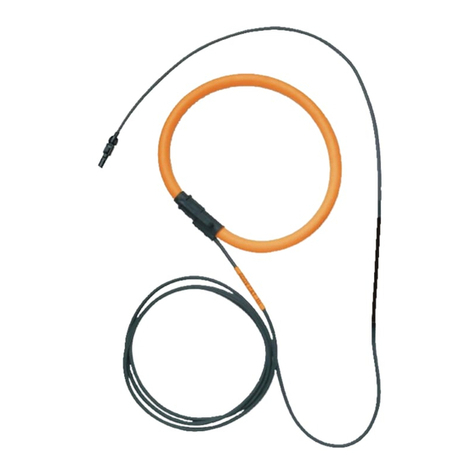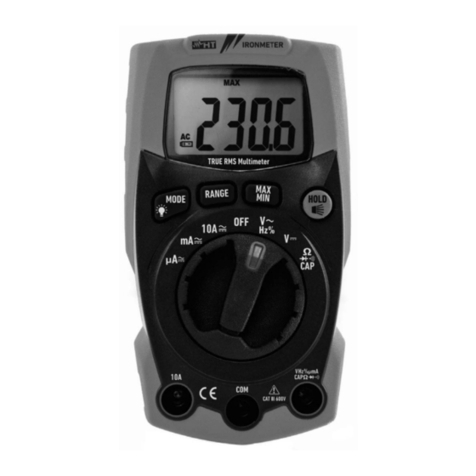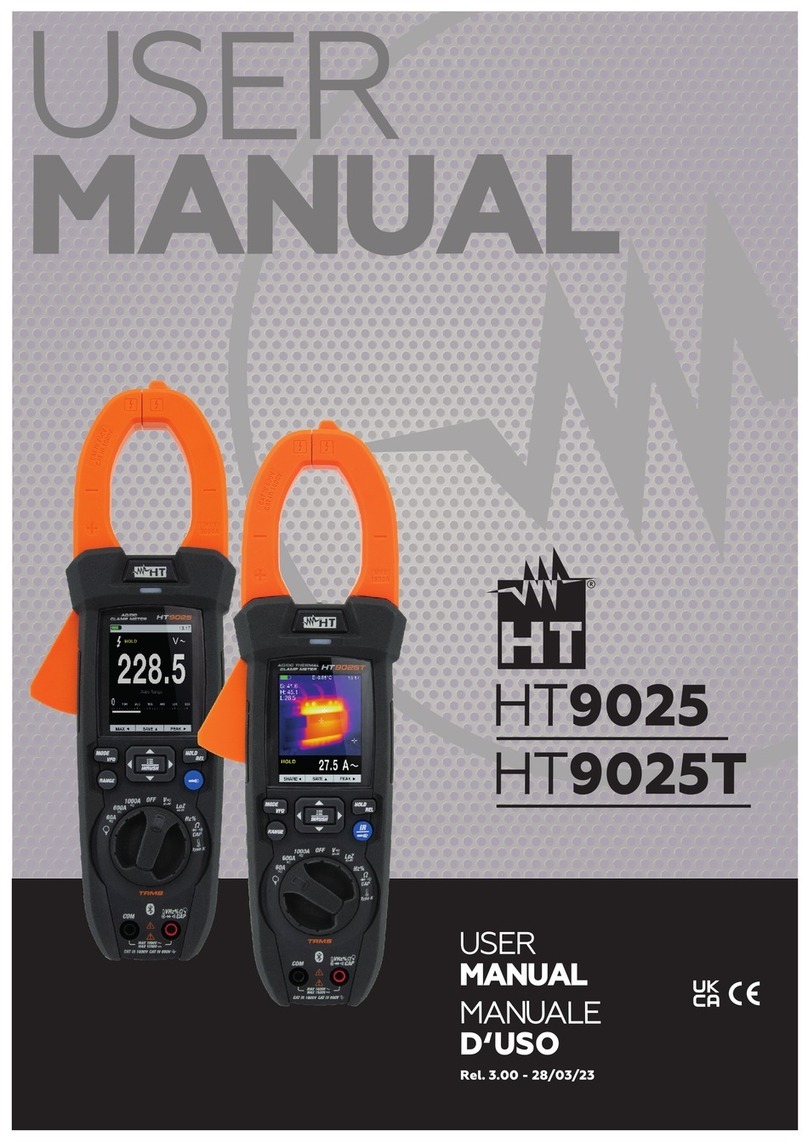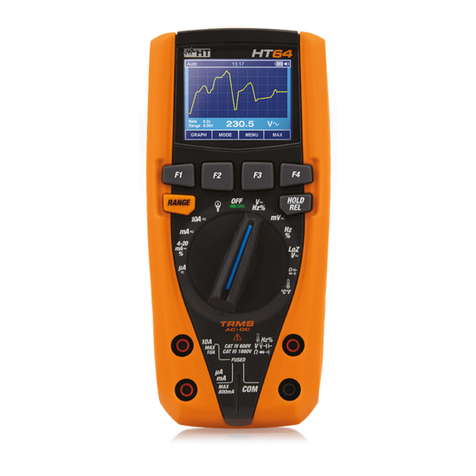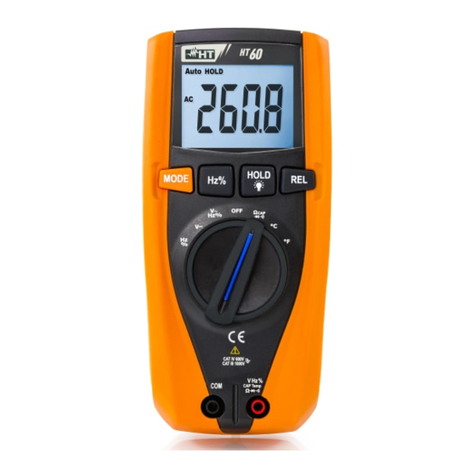QUICKLAN 6050N
EN - 1
Table of contents:
1.PRECAUTIONS AND SAFETY MEASURES...............................................................2
1.1.Preliminary instructions........................................................................................................2
1.2.During use............................................................................................................................2
1.3.After use...............................................................................................................................2
2.GENERAL DESCRIPTION...........................................................................................3
3.PREPARATION FOR USE...........................................................................................3
3.1.Initial checks ........................................................................................................................3
3.2.Instrument power supply......................................................................................................3
3.3.Storage ................................................................................................................................3
4.NOMENCLATURE........................................................................................................4
4.1.Description of the instrument ...............................................................................................4
4.2.Description of the symbols shown on the display ................................................................4
4.3.Description of function keys.................................................................................................5
4.3.1.ON/OFF key.................................................................................................................................5
4.3.2.Arrow keys...................................................................................................................................5
4.3.3.L/W key........................................................................................................................................5
4.3.4.SET/UNIT key..............................................................................................................................5
4.3.5.TEST/ ....................................................................................................................................5
5.OPERATING INSTRUCTIONS.....................................................................................6
5.1.Instrument settings...............................................................................................................6
5.1.1.Auto Power OFF function............................................................................................................6
5.1.2.Display backlight..........................................................................................................................6
5.1.3.Setting the cable type..................................................................................................................7
5.1.4.Setting cable length measuring unit............................................................................................7
5.2.Test of cable mapping with RJ45 connector........................................................................8
5.2.1.Mapping test results ....................................................................................................................9
5.2.2.Description of errors of split pairs..............................................................................................11
5.2.3.Test with more remote units......................................................................................................11
5.3.Test of cable mapping with RJ11 connector......................................................................12
5.4.Test of Coax cable mapping with F connector...................................................................13
5.5.Measurement of cable length.............................................................................................14
5.5.1.Calibration of cable length.........................................................................................................14
6.MAINTENANCE .........................................................................................................16
6.1.General information............................................................................................................16
6.2.Battery replacement...........................................................................................................16
6.3.Cleaning the instrument.....................................................................................................16
6.4.End of life...........................................................................................................................16
7.TECHNICAL SPECIFICATIONS ................................................................................17
7.1.Technical characteristics....................................................................................................17
7.2.General characteristics ......................................................................................................17
7.3.Environment.......................................................................................................................17
7.3.1.Environmental conditions for use ..............................................................................................17
7.4.Accessories........................................................................................................................17
7.4.1.Accessories provided ................................................................................................................17
7.4.2.Optional accessories.................................................................................................................17
8.SERVICE....................................................................................................................18
8.1.Warranty conditions ...........................................................................................................18
8.2.After-sales Service.............................................................................................................18













